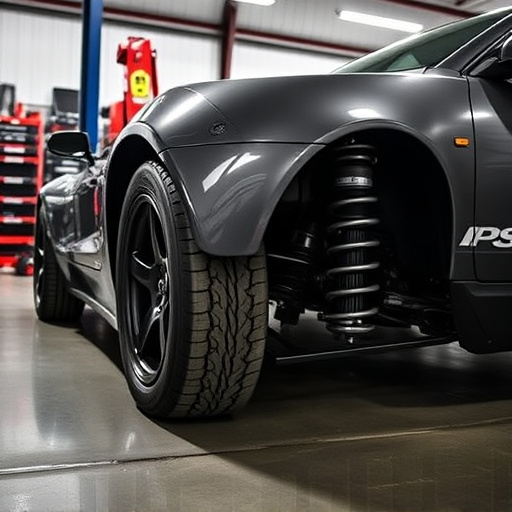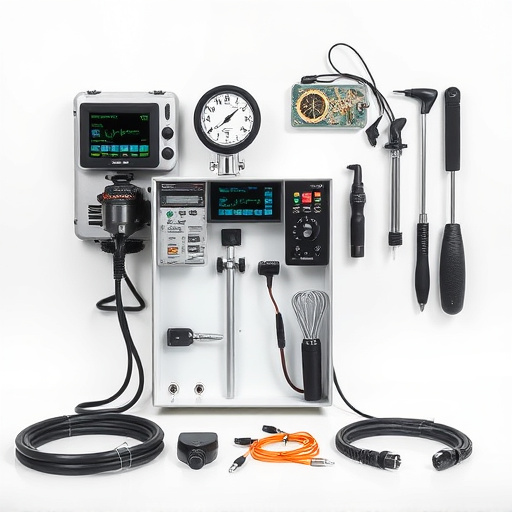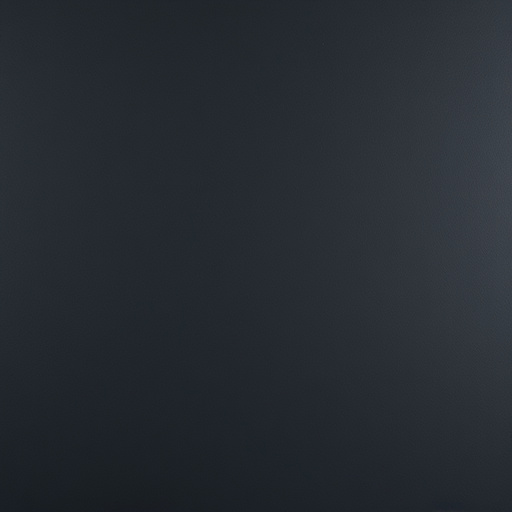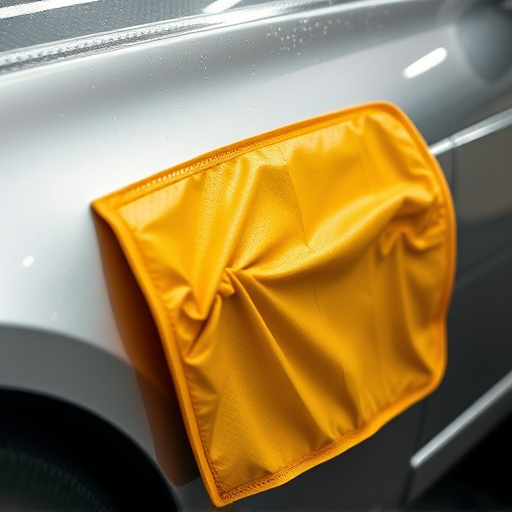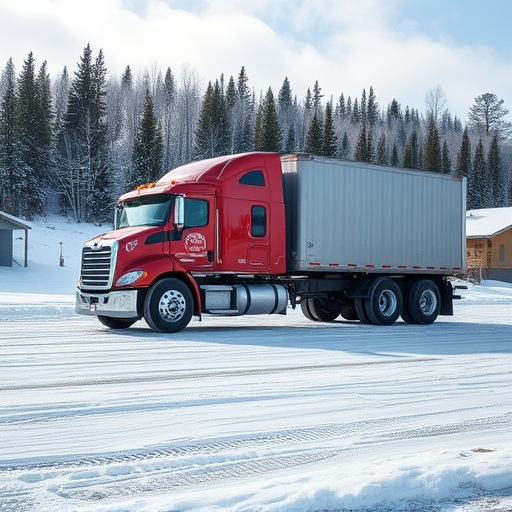Paint protection film (PPF) safeguards vehicle paintwork against chips, scratches, and UV damage, preserving aesthetics for longer. Customizable with graphics, PPF offers enhanced durability while retaining original luster. Commonly applied to front bumper, hood, and fenders, comprehensive coverage includes doors, mirrors, and arches. PPF protects against environmental factors, extending paint life; ideal for harsh conditions or frequent washing. Choice between PPF, car wraps, and ceramic coatings depends on individual needs.
Protecting your vehicle’s finish is essential, and paint protection film (PPF) offers a robust solution. This innovative product provides a clear barrier between your car’s paint and environmental hazards like dirt, scratches, and UV rays. In this article, we’ll explore the fundamentals of PPF, common application areas on vehicles, and the benefits it offers for various surfaces. Understanding these aspects helps drivers make informed choices to preserve their vehicle’s aesthetics.
- Understanding Paint Protection Film Basics
- Common Vehicle Areas for Application
- Benefits and Considerations for Different Surfaces
Understanding Paint Protection Film Basics
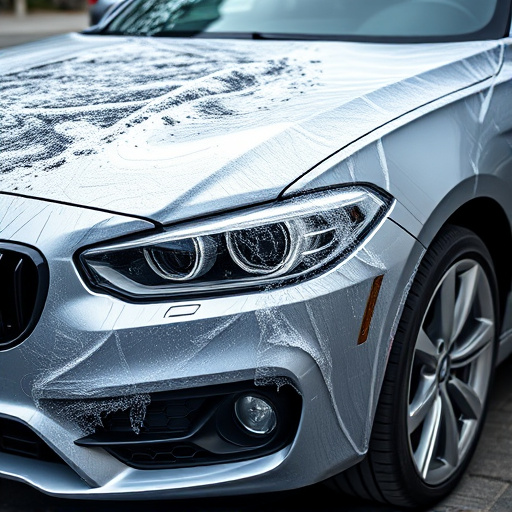
Paint protection film, also known as clear coat wraps or PPF, is a thin, durable plastic film designed to safeguard and enhance a vehicle’s exterior paintwork. It acts as a protective barrier, preventing chips, scratches, and UV damage from compromising the car’s high-quality finishes. This innovative product has gained immense popularity among car enthusiasts and automotive professionals due to its ability to preserve the vehicle’s aesthetic appeal for extended periods.
The film is meticulously applied over specific areas of the car, often tailored to match the contours and design elements of different vehicle models. Its key components include a top clear coat layer that mirrors the paint job below, an adhesive backing for easy application, and a scratch-resistant bottom layer offering superior UV protection. With custom graphics capabilities, owners can personalize their vehicles while enjoying the added benefits of enhanced durability and preservation of the original paint’s luster.
Common Vehicle Areas for Application
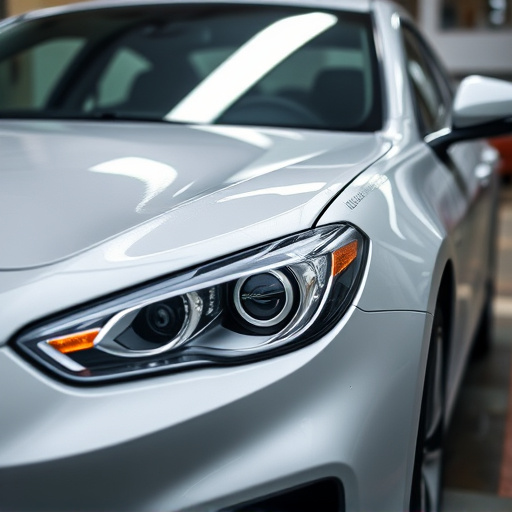
The versatility of paint protection film (PPF) allows it to be applied to a wide range of vehicle areas, offering unparalleled scratch protection and enhancing the overall aesthetics. Common applications include the front bumper, which is highly susceptible to stone chips and minor scratches from everyday driving conditions. The hood and fenders are also popular choices due to their exposure to road debris and potential damage during parking or tight spaces.
For a more comprehensive protection solution, many vehicle owners opt for professional PPF installation on doors and side mirrors. These areas bear the brunt of interactions with other vehicles, curbs, or shopping carts. Additionally, the rear bumper and wheel arches can be treated with PPF to safeguard against rust, stains, and minor impacts, ensuring the vehicle retains its original look for longer.
Benefits and Considerations for Different Surfaces
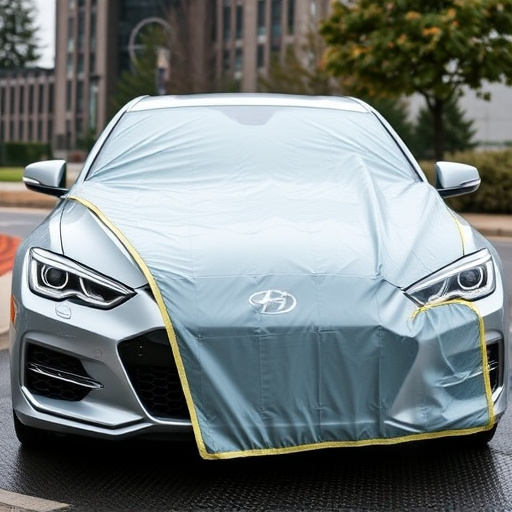
The application of paint protection film (PPF) offers a multitude of benefits for various vehicle surfaces. One of its primary advantages is safeguarding the paint from everyday environmental factors like UV rays, bird droppings, and minor scratches. PPF acts as a durable barrier, preserving the vehicle’s original high-quality finishes and extending the lifespan of the paint job. This is especially beneficial for areas prone to frequent washing or exposure to harsh conditions.
When considering different surfaces, PPF provides unique advantages. For example, it can enhance the appearance of car wraps by adding an extra layer of protection without compromising their vibrant, glossy finish. In contrast, on delicate trim pieces and plastic surfaces, a ceramic coating may be more suitable, offering superior resistance to stains and scratches while maintaining a sleek, modern look. Ultimately, the choice between PPF and other solutions like vehicle wraps or ceramic coatings depends on the specific needs and preferences of the vehicle owner.
Paint protection film has proven to be a versatile solution for safeguarding various vehicle areas, from the hood and fenders to the doors and even the window sills. By understanding its basics, knowing common application zones, and considering the unique benefits it offers for different surfaces, car owners can make informed decisions to protect their vehicles effectively. Incorporating paint protection film into your vehicle maintenance routine is a smart move that helps preserve the aesthetic appeal and resale value of your ride.

